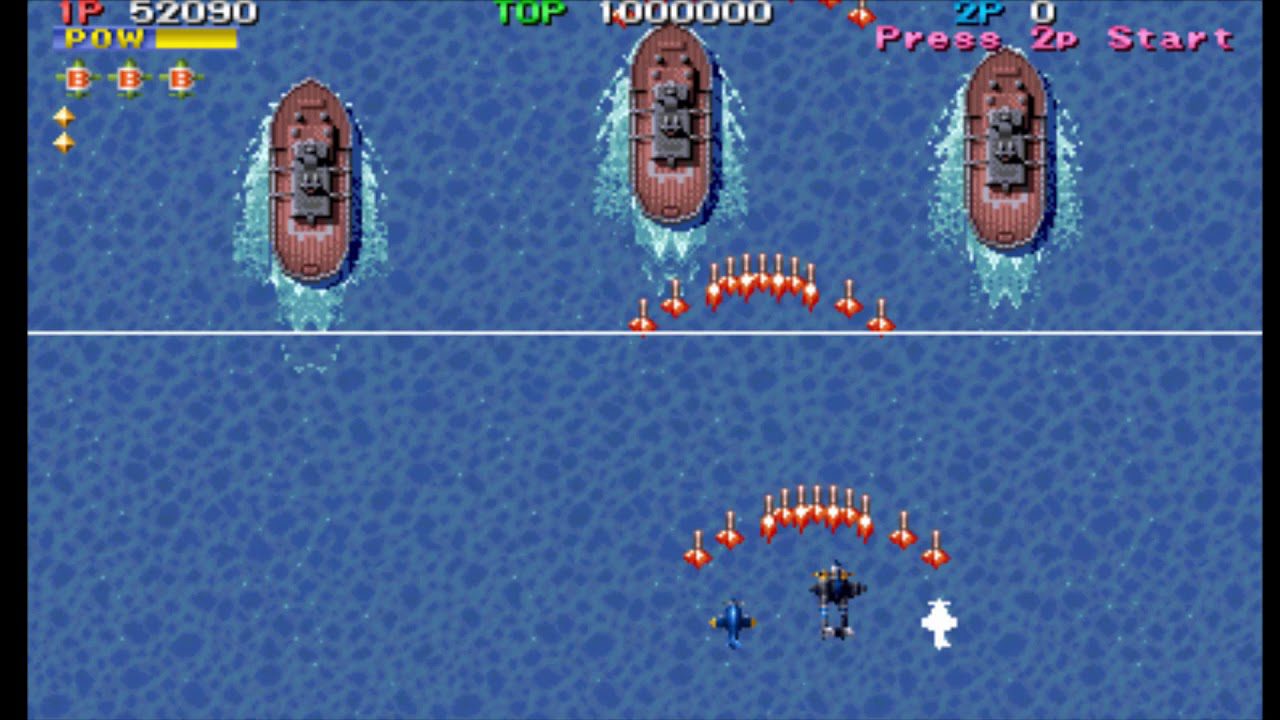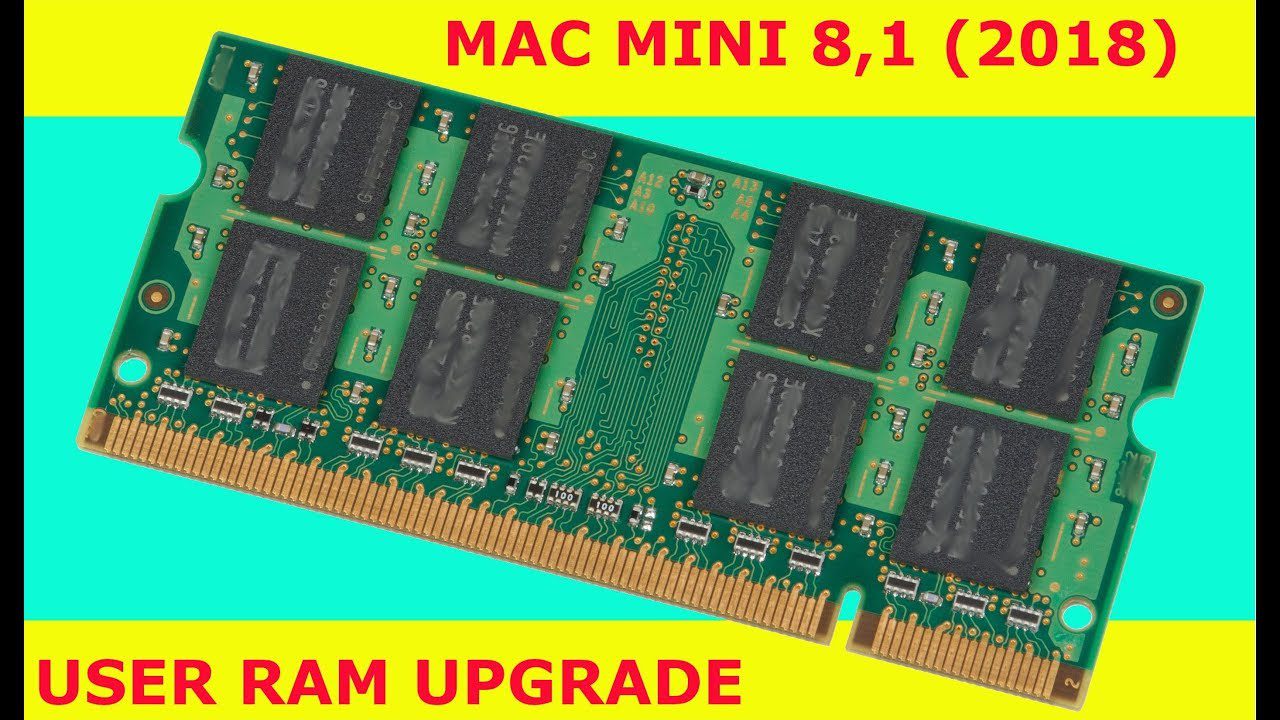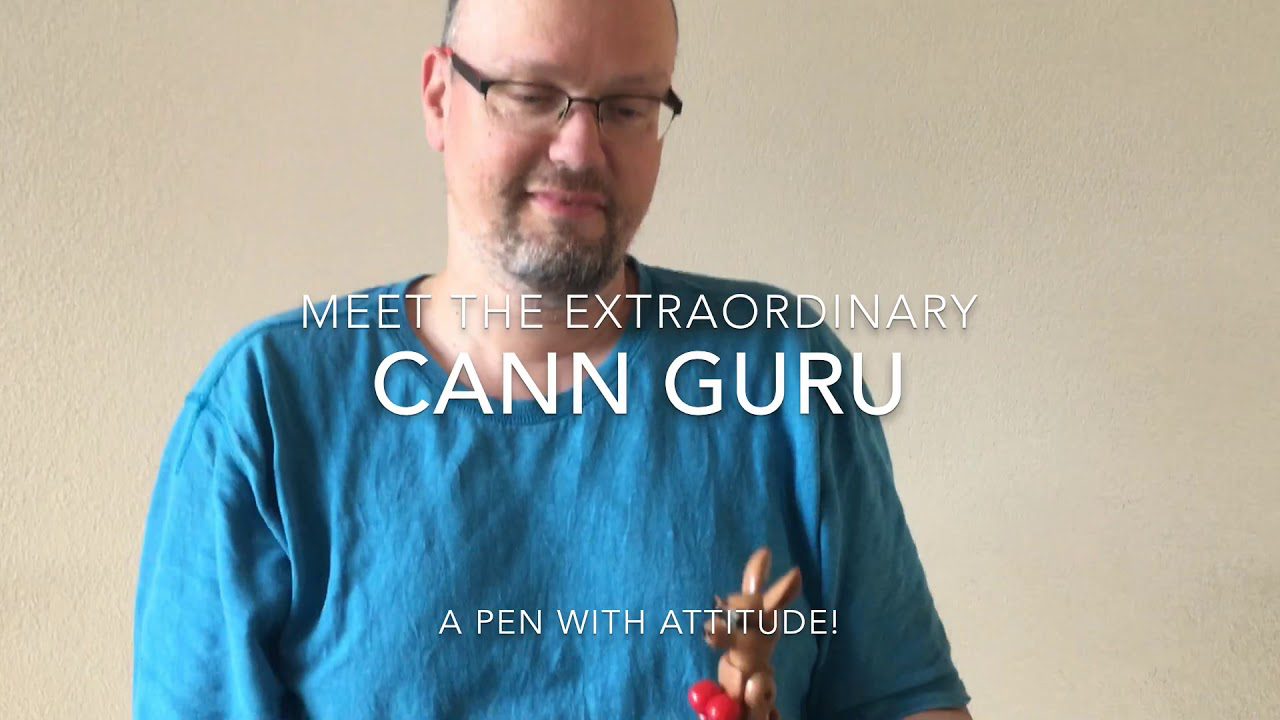Mark Plays… Batsugun (Sega Saturn)(Japanese)(Length: 4m8sec)
Lactobacillus Prime
A great game with that biological 90s theme so many shooters of that era posessed. I am not very good at the game so I won’t be able to show you much, but hopefully enough to trigger your interested in it.
Batsugun is a vertical scrolling shoot’m up created by Toaplan. Batsugun means something like extraordinary / special / exceptional. This was originally released in the arcades.
It stands out as being one of the first true bullet-hell/manic shooter type games and if you think the game looks and feels familiar to for excample DoDonPachi or other Cave Shooters you’ll not be surprised to know that many of the developers of Batsugun ended up working with Cave when Toaplan folded.
The Saturn versions is considered to be ‘superior’ to the Arcade in such a way that it doesn’t feature the slowdown experienced in some places in the arcade cab. The game has slight differences from the arcade original, especially in the rearranged music.
There’s multiple endings to this game – 6 different ones to be exact.
NOTE: Fair Use Act Disclaimer
Copyright Disclaimer under section 107 of the Copyright Act 1976, allowance is made for “fair use” for purposes such as criticism, comment, news reporting, teaching, scholarship, education and research.
Fair use is a use permitted by copyright statute that might otherwise be infringing. Non-profit, educational or personal use tips the balance in favor of fair use. FAIR USE DEFINITION: http://en.wikipedia.org/wiki/Fair_use Fair use is a doctrine in the United States copyright law that allows limited use of copyrighted material without requiring permission from the rights holders, such as for commentary, criticism, news reporting, research, teaching or scholarship. It provides for the legal, non-licensed citation or incorporation of copyrighted material in another author’s work under a four-factor balancing test. The term “fair use” originated in the United States. A similar principle, fair dealing, exists in some other common law jurisdictions. Civil law jurisdictions have other limitations and exceptions to copyright. U.S. COPYRIGHT OFFICE- FAIR USE DEFINITION http://www.copyright.gov/fls/fl102.html One of the rights accorded to the owner of copyright is the right to reproduce or to authorize others to reproduce the work in copies or phonorecords. This right is subject to certain limitations found in sections 107 through 118 of the copyright law (title 17, U.S. Code). One of the more important limitations is the doctrine of “fair use”. The doctrine of fair use has developed through a substantial number of court decisions over the years and has been codified in section 107 of the copyright law. Section 107 contains a list of the various purposes for which the reproduction of a particular work may be considered fair, such as criticism, comment, news reporting, teaching, scholarship, and research. Section 107 also sets out in four factors to be considered in determining whether or not a particular use is fair: The purpose and character of the use, including whether such use is of commercial nature or is for nonprofit educational purposes The nature of the copyrighted work The amount and substantiality of the portion used in relation to the copyrighted work as a whole The effect of the use upon the potential market for, or value of, the copyrighted work The distinction between fair use and infringement may be unclear and not easily defined. There is no specific number of words, lines, or notes that may safely be taken without permission. Acknowledging the source of the copyrighted material does not substitute for obtaining permission. The 1961 Report of the Register of Copyrights on the General Revision of the U.S. Copyright Law cites examples of activities that courts have regarded as fair use: “quotation of excerpts in a review or criticism for purposes of illustration or comment; quotation of short passages in a scholarly or technical work, for illustration or clarification of the author’s observations; use in a parody of some of the content of the work parodied; summary of an address or article, with brief quotations, in a news report; reproduction by a library of a portion of a work to replace part of a damaged copy; reproduction by a teacher or student of a small part of a work to illustrate a lesson; reproduction of a work in legislative or judicial proceedings or reports; incidental and fortuitous reproduction, in a newsreel or broadcast, of a work located in the scene of an event being reported.” Copyright protects the particular way an author has expressed himself. It does not extend to any ideas, systems, or factual information conveyed in the work.











